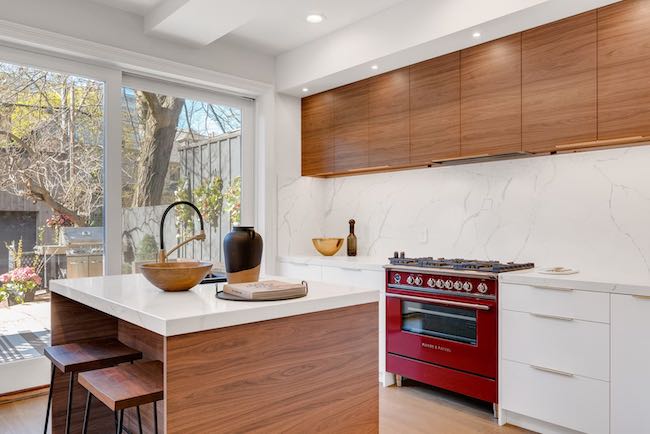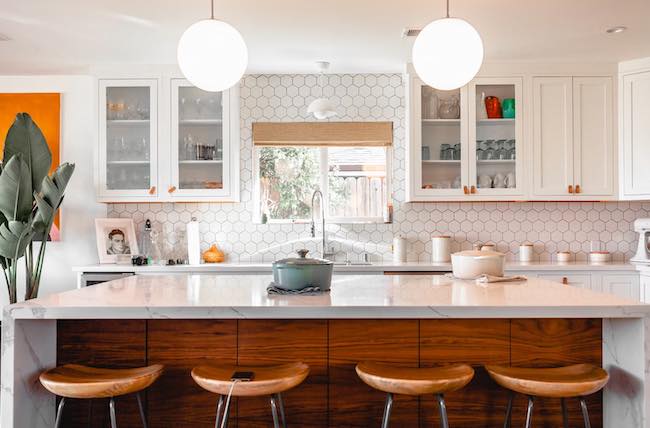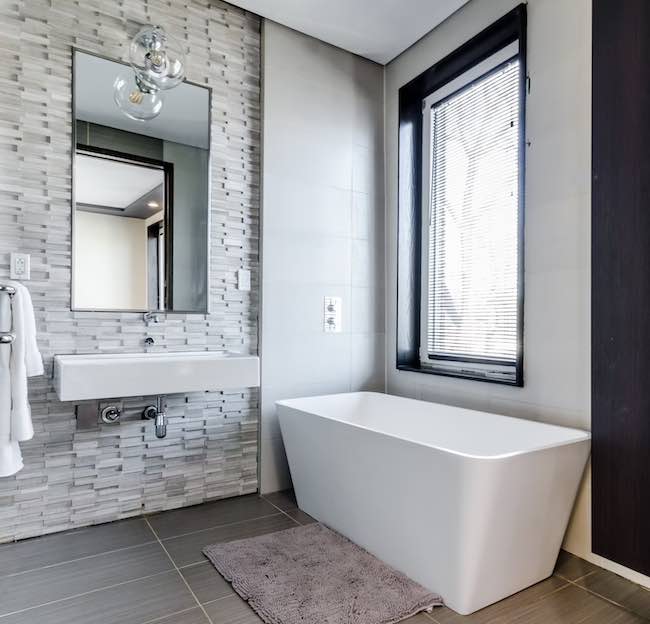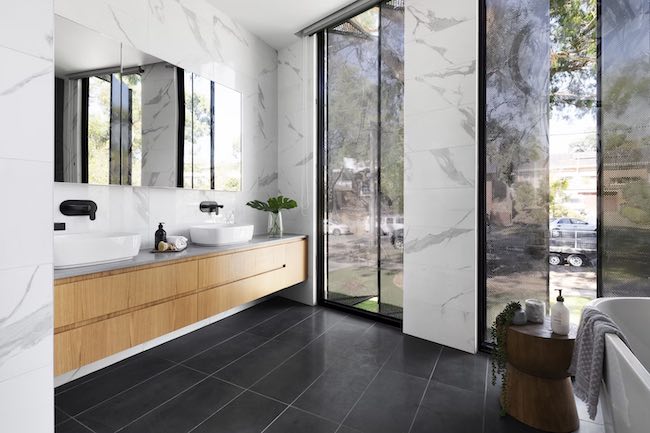Shield of Strength Top Tips for Protecting Your Stone Surfaces
Natural stone surfaces, with their timeless elegance and robustness, add a touch of sophistication to any space they grace.
From the gleaming marble of your kitchen countertops to the cool slate on your patio, these surfaces are investments in the beauty and value of your home. However, without proper care, their grandeur can quickly diminish.
Fear not, for with the right knowledge and a bit of diligence, you can keep your stone surfaces looking as splendid as the day they were installed. Here are the top tips for protecting your stone surfaces, ensuring their longevity and lustre.

Key Points
- Identify if your stone is calcareous (like marble and limestone) or siliceous (such as granite and slate). This influences the care and products you should use to prevent damage.
- Maintain your stone surfaces with regular cleaning. Use a soft, damp cloth for daily care, and a pH-neutral cleaner for deeper cleaning, avoiding harsh chemicals and abrasives to prevent damage.
- As most natural stones are porous, apply a sealant to prevent spills from causing stains or etching. The frequency of sealing depends on the type of stone and amount of foot traffic the area receives.
- Prevent stains from spills by cleaning them up immediately. Instead of rubbing spills, blot them to prevent the substance from being pushed deeper into the stone.
- Use protective pads under items to avoid scratching and etching the stone. Get professional assistance for deep stains, chips, cracks and annual maintenance check-ups.

Understand Your Stone
Before diving into maintenance routines, it’s crucial to understand the type of stone you’re dealing with.
Natural stone can be broadly categorised into two groups: calcareous stone, such as marble and limestone, which is sensitive to acidic substances, and siliceous stone, like granite and slate, which is more resilient.
This fundamental knowledge dictates the care and products you should use, preventing unintentional damage.
For instance, using vinegar-based cleaners on marble can lead to etching, dulling its polished surface. By familiarising yourself with the nature of your stone, you tailor your approach to ensure it receives the care it rightfully deserves.
Regular Cleaning: A Must
One of the simplest, yet most effective, ways to maintain the beauty of your stone surfaces is through regular cleaning. This doesn’t mean you need to launch a full-scale cleaning operation daily, but rather adopt a gentle, consistent approach.
For daily upkeep, a soft, damp cloth can remove most surface dust and debris. For a deeper clean, opt for a pH-neutral cleaner specifically designed for natural stone.
Harsh chemicals and abrasive scrubbers are a no-go as they can scratch or degrade the stone’s sealant.
Remember, water is a stone surface’s friend in moderation, but excess moisture can lead to staining or, in worse cases, structural damage.
Seal the Deal
Sealing is akin to providing your stone surface with an invisible shield. Most natural stones are porous to some degree, meaning they can absorb spills, leading to stains or etching.
Applying a sealant mitigates this risk by filling the pores, making the stone more resistant to damage. However, the frequency of sealing depends on the stone’s porosity and the area’s traffic.
High-traffic areas in your home might need sealing annually, while others might do well with less frequent applications.
Always opt for a high-quality sealant suitable for your particular stone type and follow the application instructions precisely for the best protection.

Mind the Spills
Life happens, and with it, spills are inevitable. The key to preventing a spill from becoming a stain is swift action.
Wipe up spills immediately with a soft, clean cloth. Opt for moisture-wicking fabrics like cotton or modal. For oily or stubborn stains, use a little bit of your pH-neutral cleaner.
Avoid rubbing the spill, as you might inadvertently push the substance deeper into the stone. For calcareous stones like marble, even water can leave a mark if left to sit for too long.
Thus, adopting a vigilant approach to spills will go a long way in maintaining the pristine condition of your stone surfaces.

Use Protective Pads
The beauty of your stone surfaces isn’t just in their finish but also in their durability. However, that doesn’t mean they’re immune to scratches or wear.
Using protective pads or coasters under glasses, vases, or any decorative items can prevent potential scratching and etching, preserving the surface’s integrity.
Similarly, for stone floors, placing rugs or mats in high-traffic areas can minimise wear, keeping your floors looking newer for longer.
It’s a simple step, but one that can make a significant difference in the long run.
Professional Help: When to Call In

While regular maintenance and care can preserve the beauty of your stone surfaces, there are times when professional help is necessary. Deep stains, chips, or cracks might require the expertise of a stone restoration professional.
Annual check-ups can also be beneficial, especially for high-traffic or high-use areas, to ensure the sealant is intact and the stone remains protected.
Professionals can also offer tailored advice for your specific type of stone and its placement within your home, ensuring you’re equipped with the knowledge to maintain its beauty.
Fortunately, with the rise of digital technologies, you can properly vet and contact professionals simply by looking at their websites.
For example, suppose you happen to live in Sydney or anywhere nearby. In that case, you can simply search for stone restoration services in Sydney, review their testimonials, and see their portfolio. Then, you can decide whether to book them for your stone restoration needs.
Final Thoughts
The key to protecting your stone surfaces lies in understanding their needs and adopting a proactive approach to their care.
Regular cleaning, sealing, mindful handling of spills, and the use of protective materials can significantly prolong their beauty and function.
And, when in doubt, don’t hesitate to seek professional advice. By following these simple yet effective tips, your stone surfaces can remain the crowning jewels of your home for years to come, embodying the timeless elegance and durability that only natural stone can offer.


